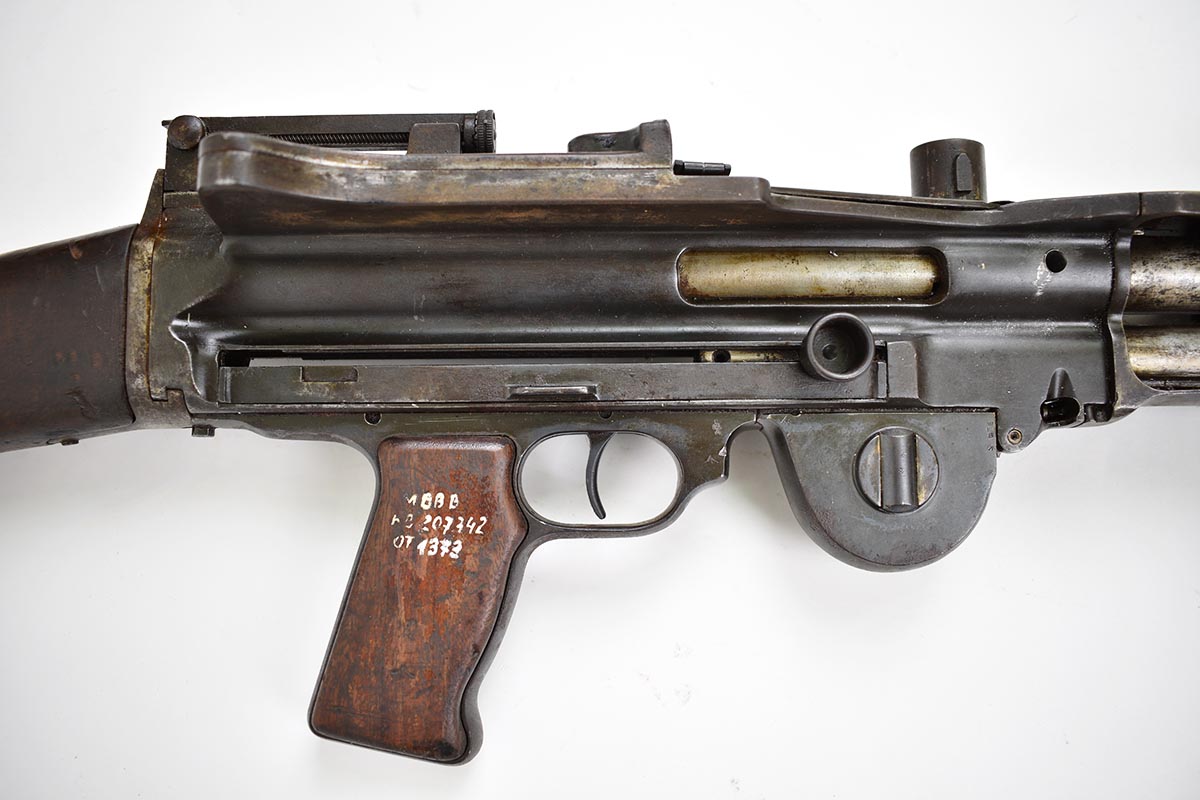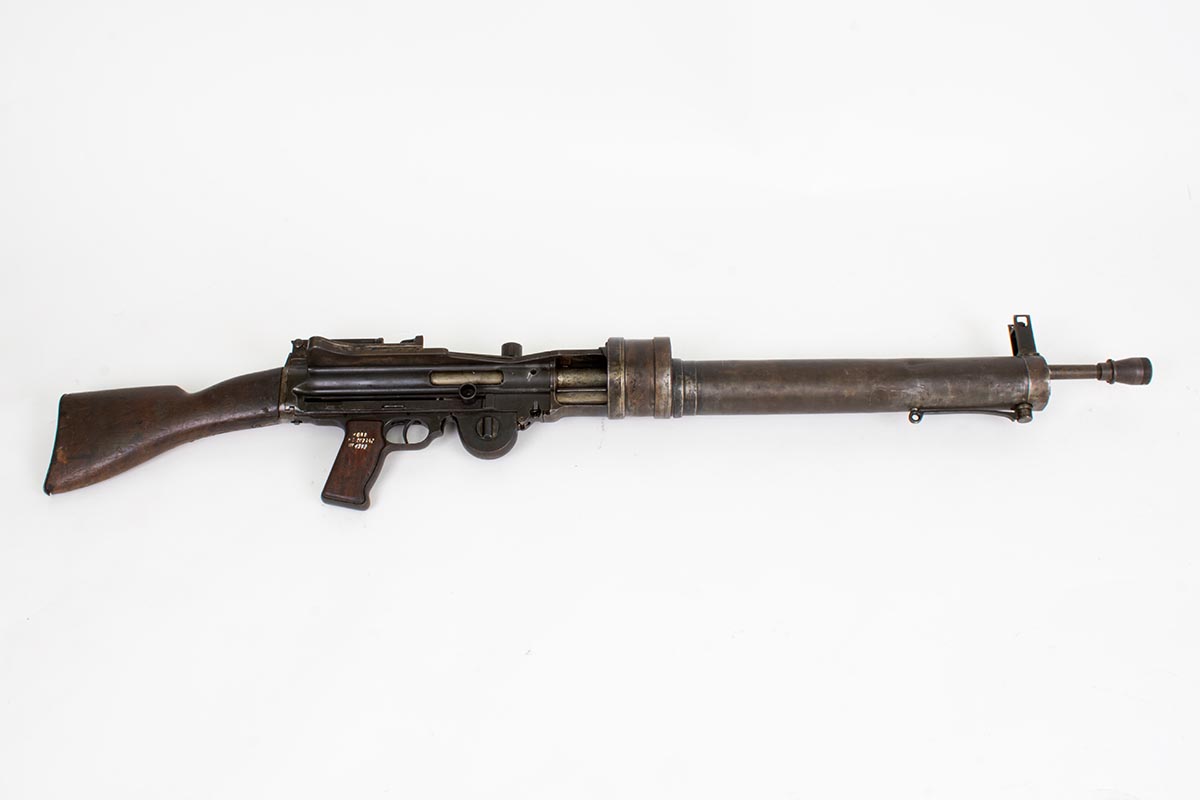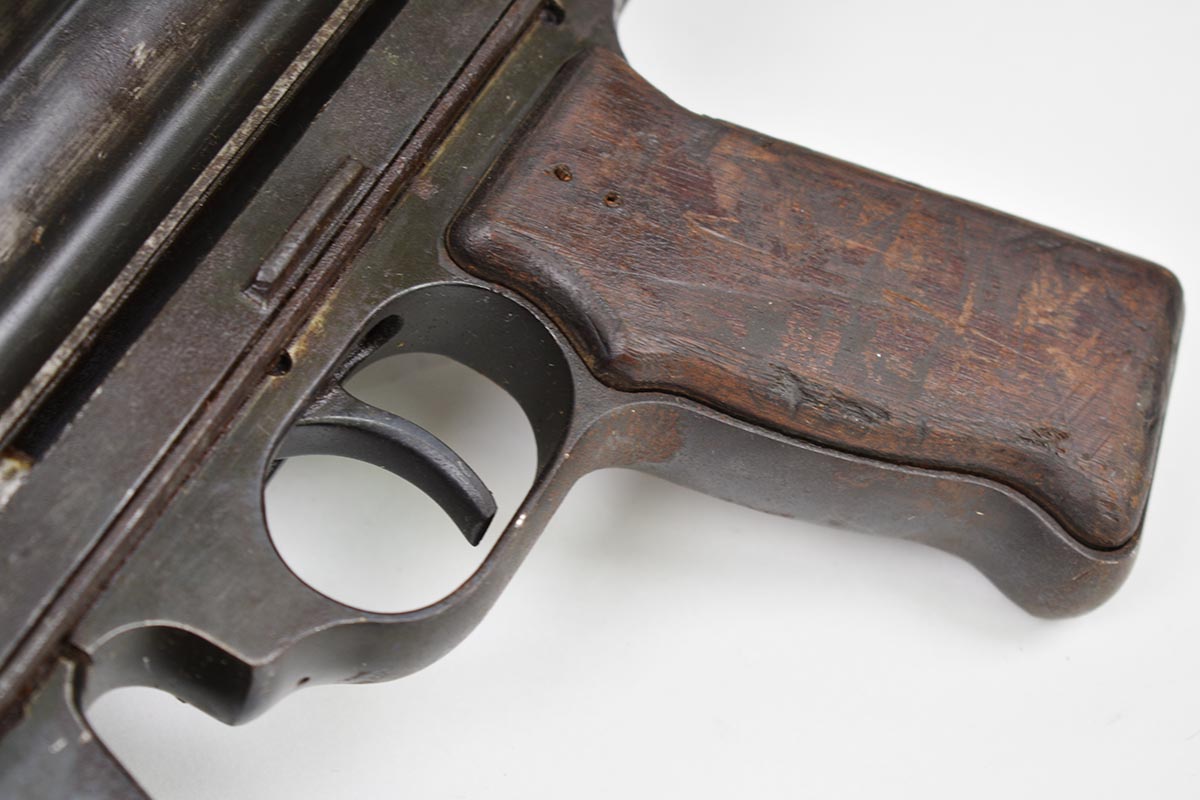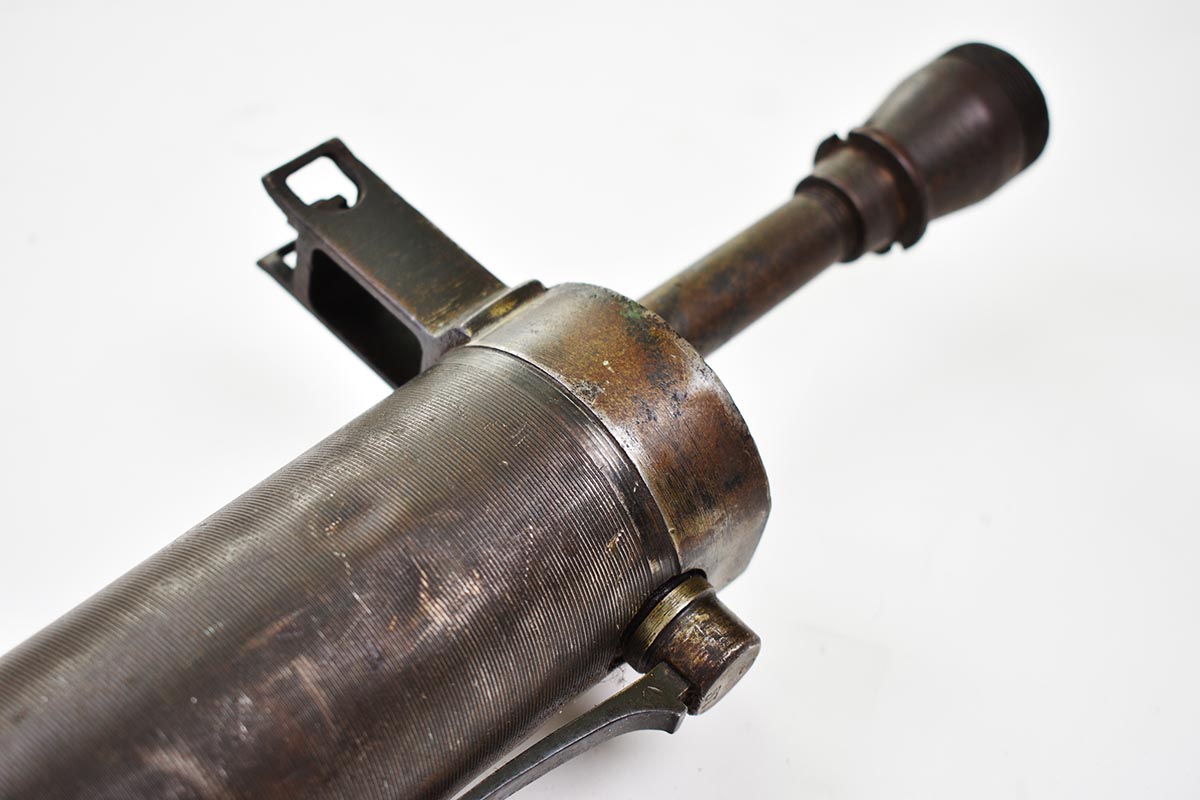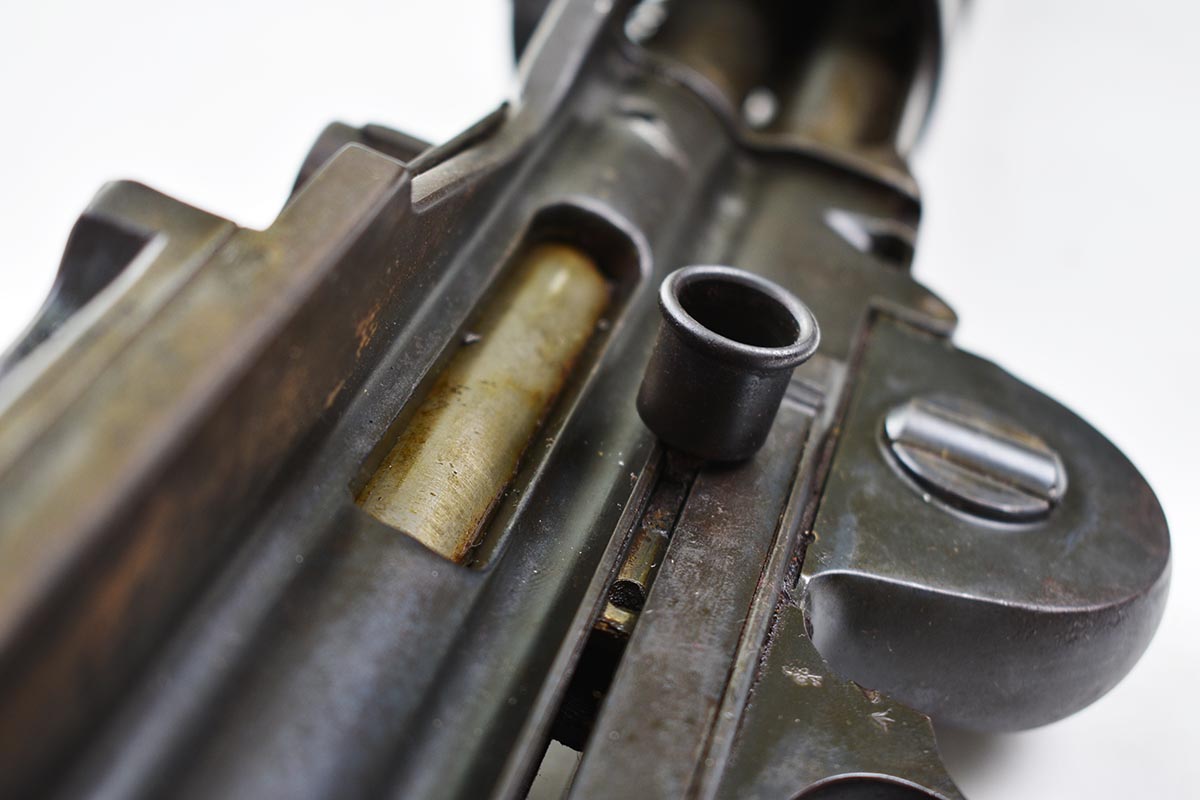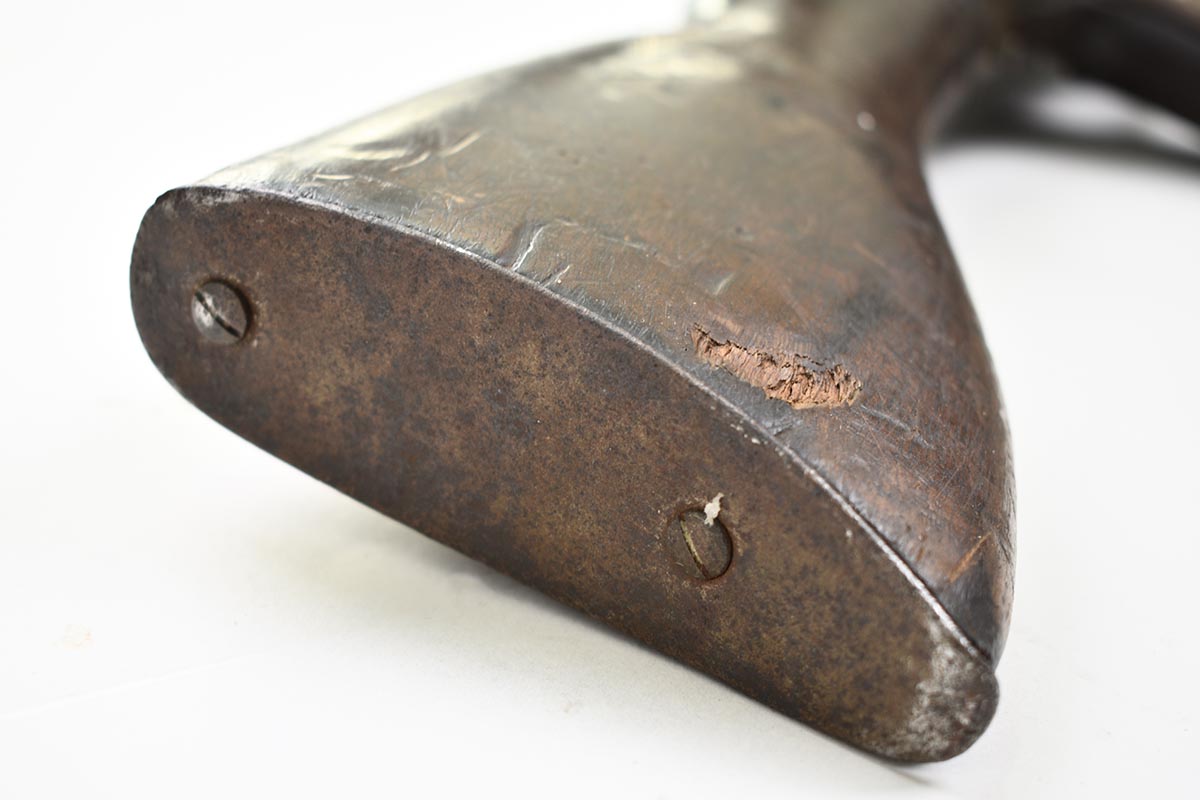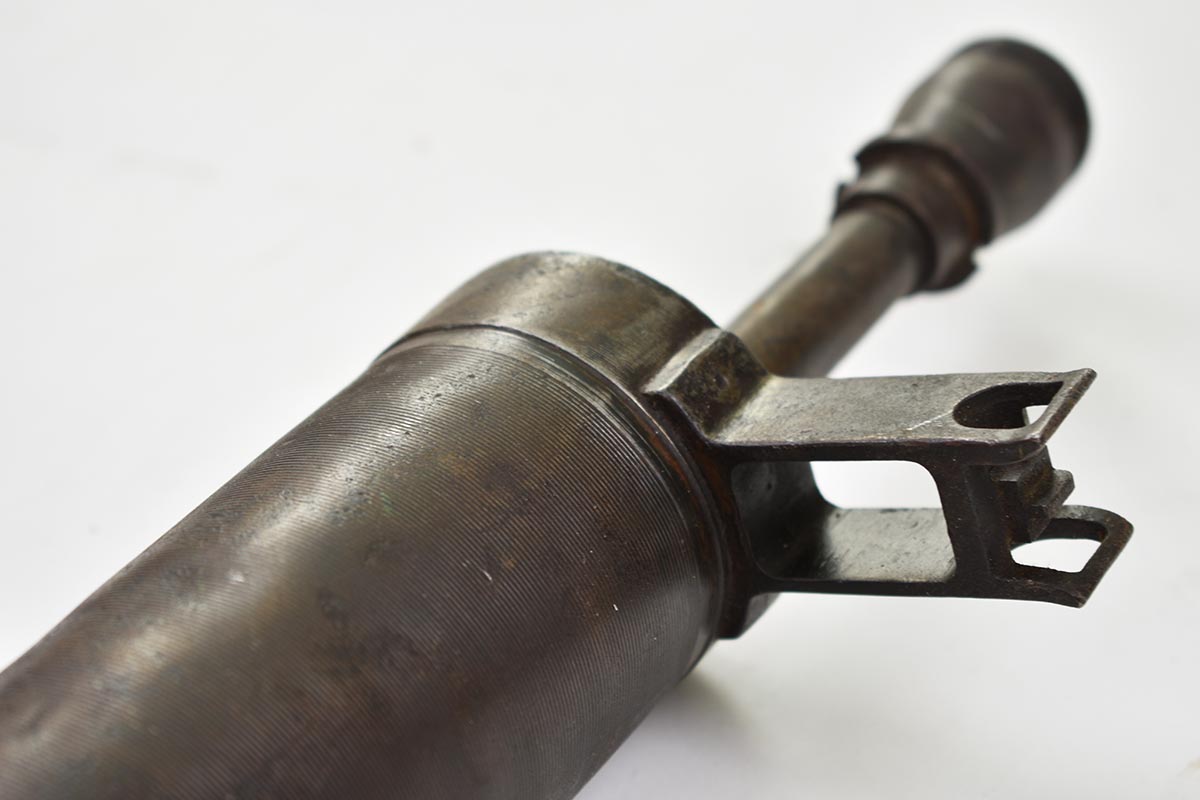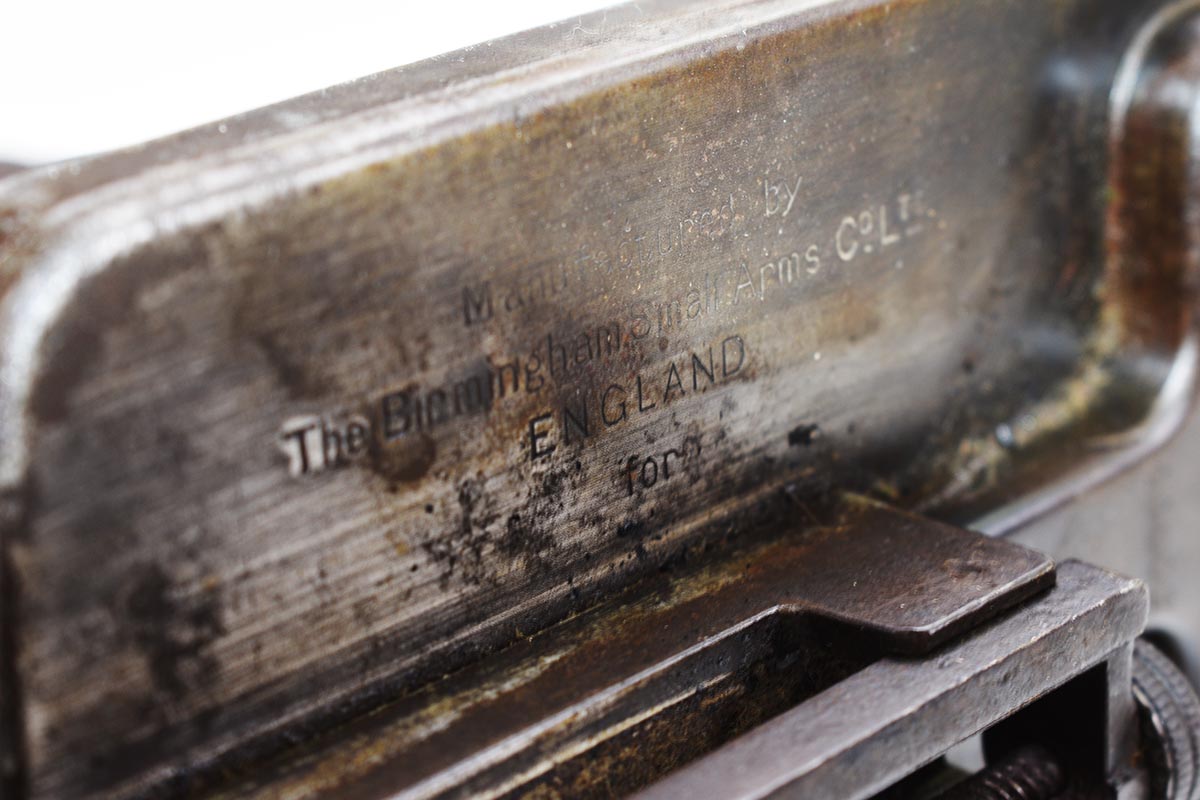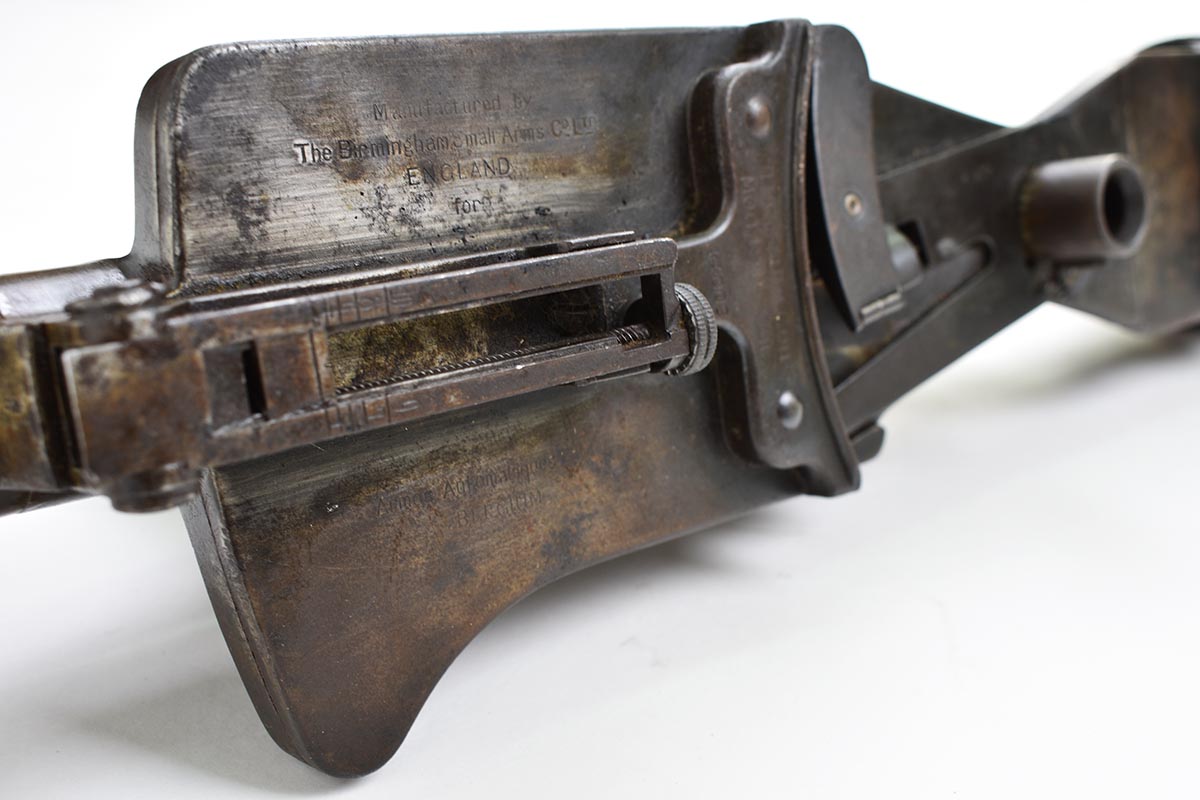The design idea belonged to Samuel Maclean, but it was implemented by an American, Colonel Isaac Newton Lewis of the U.S. Army. Initially, Lewis planned to use his machine gun as a mounted weapon with water cooling, but later shifted to the idea of developing a light machine gun with an air-cooled barrel.
The production of the machine gun began at BSA factories (England), and the first to adopt the Lewis machine gun was the Belgian army in 1913. The "Lewis" had its combat debut in 1914, at the start of World War I.
In the Russian Empire, Lewis machine guns appeared in 1917 (manufactured in both the U.S. and England). The American version was chambered for the 7.62 mm cartridge, while the British version was chambered for the .303 British (7.71 mm) and was primarily used in aviation.
Lewis machine guns were used during the Bolshevik-White Army Civil War and remained in military depots until World War II, during which they were used in the early stages by second-line troops and anti-aircraft units. In Germany, captured Lewis guns were designated as MG 137(e). In the fall of 1944, when Volkssturm battalions were being formed in Germany, 2,891 units of 6.5-mm Lewis M1920 machine guns from the arsenals of occupied Netherlands were supplied to arm them.
It consists of a barrel with a radiator and cooling jacket, a receiver with a cover and feed mechanism, a fire control handle with a trigger mechanism, a bolt, a bolt carrier, and a recoil spring. The external components are made of blued metal. The stock and handle covers are made of lacquered wood. The drum magazine and bipod are missing.
